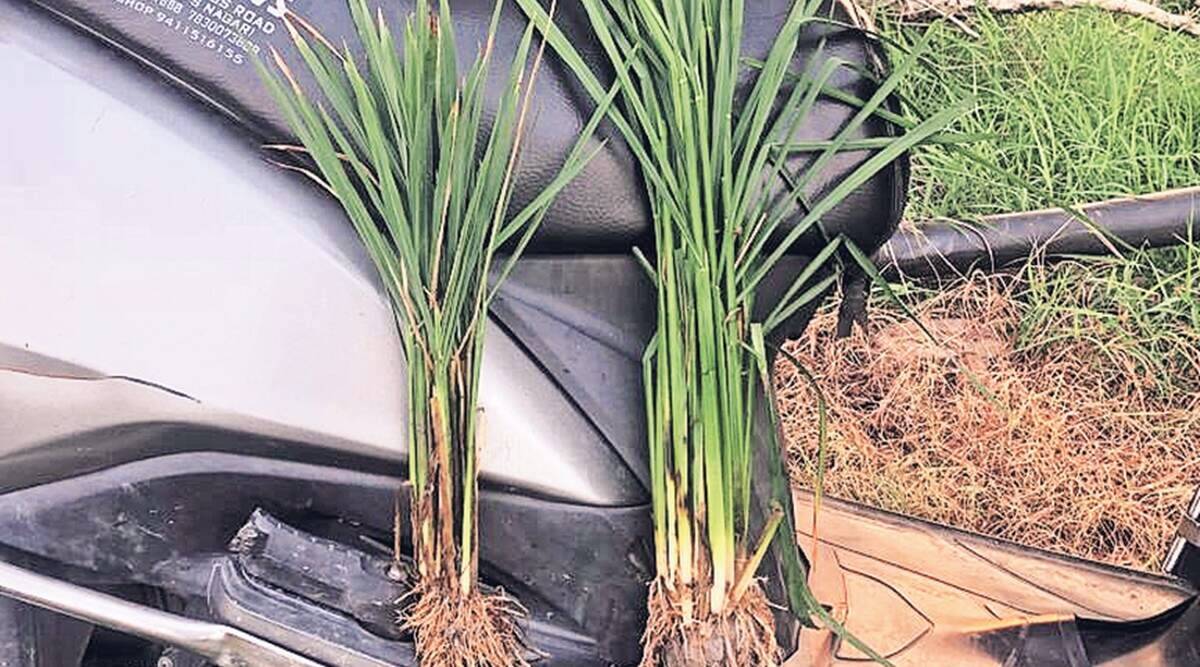 As per the latest survey conducted by the entomologists of PAU, stunted plants have been observed in rice and basmati fields. (File)
As per the latest survey conducted by the entomologists of PAU, stunted plants have been observed in rice and basmati fields. (File)The Vice Chancellor of Punjab Agricultural University (PAU), Dr Satbir Singh Gosal, on Thursday called upon paddy growers of Punjab to not fear a dwarfing disease that has appeared in Punjab.
The scientists at Punjab Agricultural University (PAU) had earlier decoded the mystery blaming it on ‘Southern Rice Black-Streaked Dwarf Virus’ (SRBSDV), named after Southern China where it was first reported in 2001.
As per the latest survey conducted by the entomologists of PAU, stunted plants have been observed in rice and basmati fields. In some fields, due to the severe attack of this disease, some plants were dead and some showed stunted growth, with their height remaining one-third (1/3) from half (½) in comparison to normal plants. The affected plants are not deep rooted at present and can be uprooted easily, said Dr KS Suri, principal entomologist of PAU. The dwarfing disease has appeared more in early transplanted paddy, than those planted after June 25, he added.
According to the scientific reports published in other countries, SRBSDV is transmitted by the nymphs and adults of Whitebacked Planthopper (WBPH).
“There is no control measure for this disease at present. Therefore, farmers are advised not to spray any agro-chemicals. Once stunted, this disease can’t be managed with any agro-chemical,” said Suri. Farmers should not worry as healthy plants won’t turn into dwarfs, he added.
Since WBPH could spread this disease, the paddy fields should be monitored every week and if Whitebacked Planthoppers are spotted, then insecticides like Pexalon 10 SC (triflumezopyrim) @ 94 ml/acre or Osheen/Token 20 SG (dinotefuran) @ 80 g/acre or Chess 50 WG (pymetrozine) @ 120 g/acre be sprayed, after dissolving the same in 100 litres of water, Suri advised. In case there is no attack of WBPH, then there is no need for spraying insecticides, he stressed.